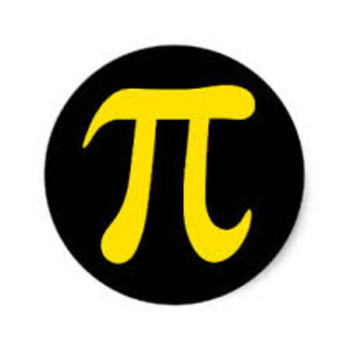What is the difference between the Pythagorean Theorem and Pythagorean Triples?
1 Answer
The theorem is a statement of fact about the sides of a right-angled tri9angle, and the triples are set of three exact values which are valid for the theorem.
Explanation:
The theorem of Pythagoras is the statement that there is a specific relationship between the sides of a right-angled triangle.
ie:
In finding the length of a side, the last step involves finding a square root which is often an irrational number.
For example, if the shorter sides are
This theorem ALWAYS works, but the answers can be rational or irrational.
In some triangles, the sides work out to be exact answers. For example if the shorter sides are
The ratio
Some of the common triples are:
Notice that their multiples also work, so from

